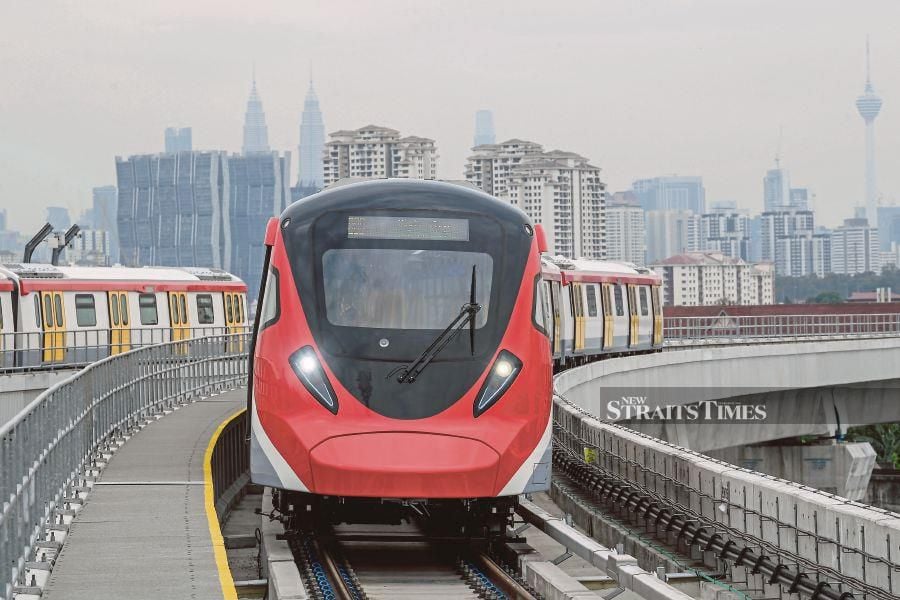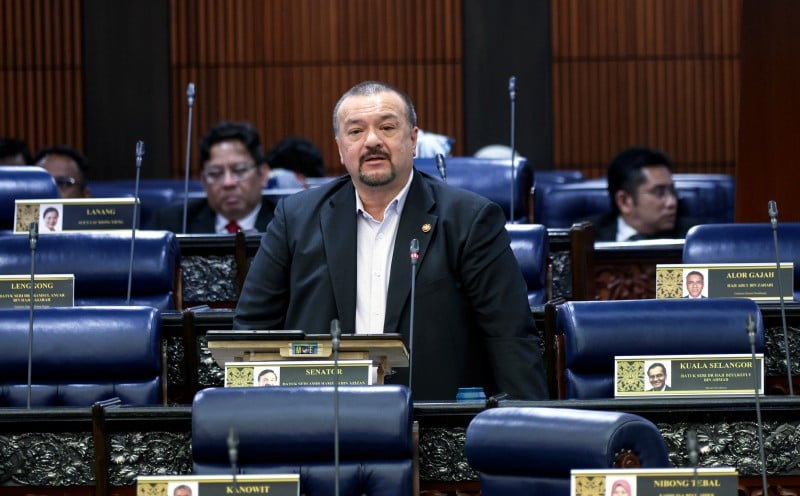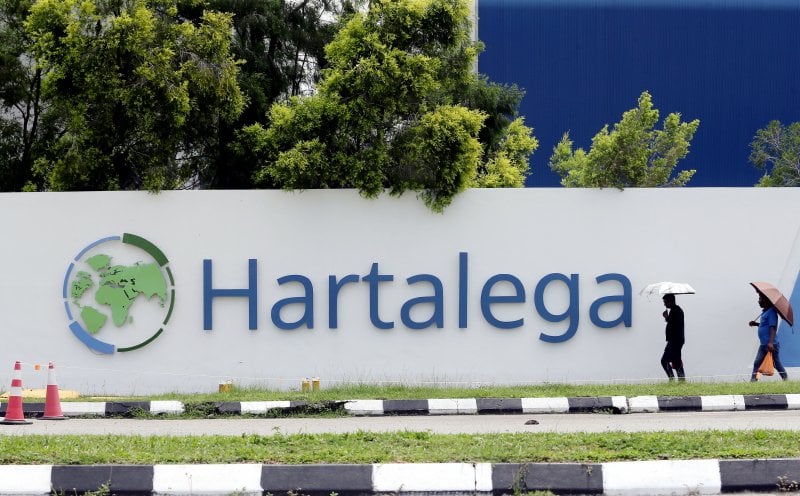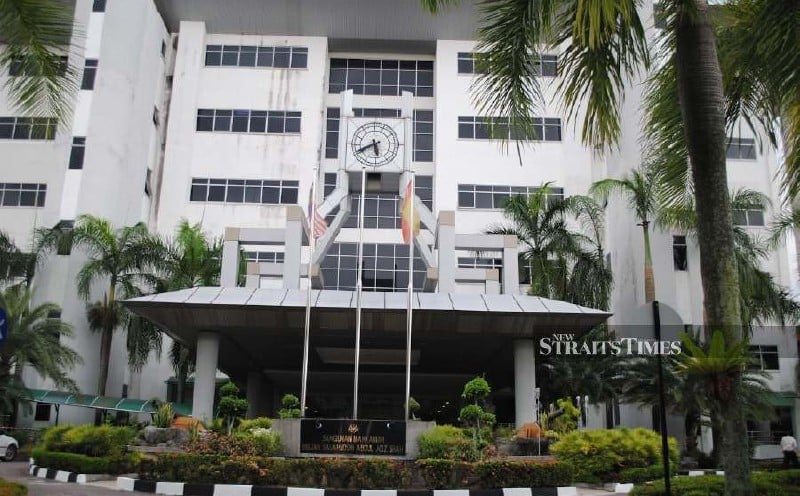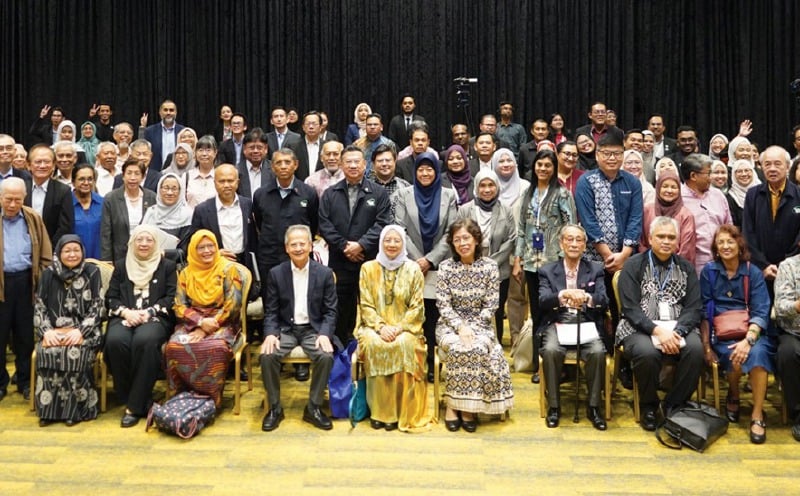THE Covid-19 pandemic is the defining crisis of this generation, from a social and an economic standpoint.
In Malaysia, positive cases breached the two million mark with the healthcare system still struggling under the weight of critical cases, although the national vaccination campaign provides a beacon of hope.
From an economic standpoint, the country recorded an unemployment rate of 4.8 per cent in the second quarter of this year, while 600,000 middle-income households have now fallen into the bottom 40 (B40) income category.
Nevertheless, the pandemic provides a chance for us to reset and rethink how we want our country to look like in the future, to re-evaluate current systems and whether they can be improved upon.
With the tabling of the 12th Malaysia Plan, as well as the 2022 Budget, the government has an opportunity to reshape Malaysia's course that will hopefully achieve high-income status by 2024.
To achieve this, Malaysia should look towards other governments and their plans for a post-Covid economic recovery. Most are spending big on infrastructure.
The United States' Senate approved an Infrastructure, Investments and Jobs Act — a bill worth US$1 trillion to rebuild the country's roads and bridges and fund new climate resilience and broadband initiatives.
The United Kingdom plans to spend US$8.3 trillion for its "Build Back Better" and National Infrastructure Strategy in the next five years. Australia planned a 10-year infrastructure programme as part of the National Economic Recovery Plan, valued at US$81.3 billion.
During a recent closed-door engagement by the Economic Planning Unit of the Prime Minister's Department, we also reported that our neighbours have embarked on massive infrastructure development programmes to spearhead the recovery of their economies.
Singapore introduced the Infrastructure Government Loan Act to raise capital for investment in public infrastructure with a useful life of at least 50 years, whilst Thailand announces four large-scale infrastructure projects (including a High-Speed Rail) to be a regional commercial centre.
Infrastructure investment has long been considered a tried-and-true method for stimulating economic recovery post-crises. In the 1930s, US president Franklin Roosevelt enacted the New Deal comprising a series of programmes, public works, financial reforms and regulations in response to the Great Depression of 1929.
The Public Works Administration (PWA) was formed to organise the construction of government buildings, airports, hospitals, schools, roads and the like.
From 1933 to 1935, US$3.3 billion was spent to build over 34,000 projects. Much of the key infrastructure in the US today was built during this time, demonstrating their long-term benefits to the US.
At present, President Joe Biden's US$1 trillion infrastructure bill was passed with bipartisan support in the Senate, demonstrating that its politicians realise how important infrastructure spending is to its economic recovery.
The bill is expected to modernise and upgrade key infrastructure assets, revitalising the country's current outdated system. It will also provide a long-term boost to economic growth post-Covid-19 by contributing two million jobs per year over the next few decades.
The UK's "Build Back Better" and National Infrastructure Strategy has been touted as a "once in a generation investment". With a planned total investment of US$8.3 trillion over the next five years, the focus is to boost transport connectivity and work towards achieving net-zero emissions by 2050 through the development of High Speed 2 network.
Incidentally, the Australian government's 10-year infrastructure programme also focuses on transport connectivity and freight projects that will include new project funding to support an estimated 30,000 jobs across all states.
Lessons from the Global Financial Crisis of 2008 have shown that austerity measures are counterproductive. Malaysia, too, needs to spend money on infrastructure projects to stimulate the economy. However, it is imperative that they get channelled into the right projects.
Whilst the immediate concern is stimulating economic recovery, the government also needs to consider other factors such as the environment.
Emphasis should be given to improving public transport which promotes more sustainable travel than cars or planes.
Future infrastructure projects should meet the needs of Malaysian citizens and facilitate the economy's growth without compromising the environment.
Investment in infrastructure will create jobs in the short-term while enhancing economic competitiveness in the long term.
More importantly, the right kind of infrastructure — such as public transport systems — has the potential to pave the way for a better quality of life for all Malaysians.
The writer is co-managing partner, Roland Berger South East Asia


